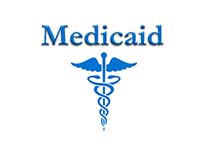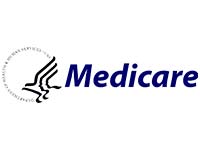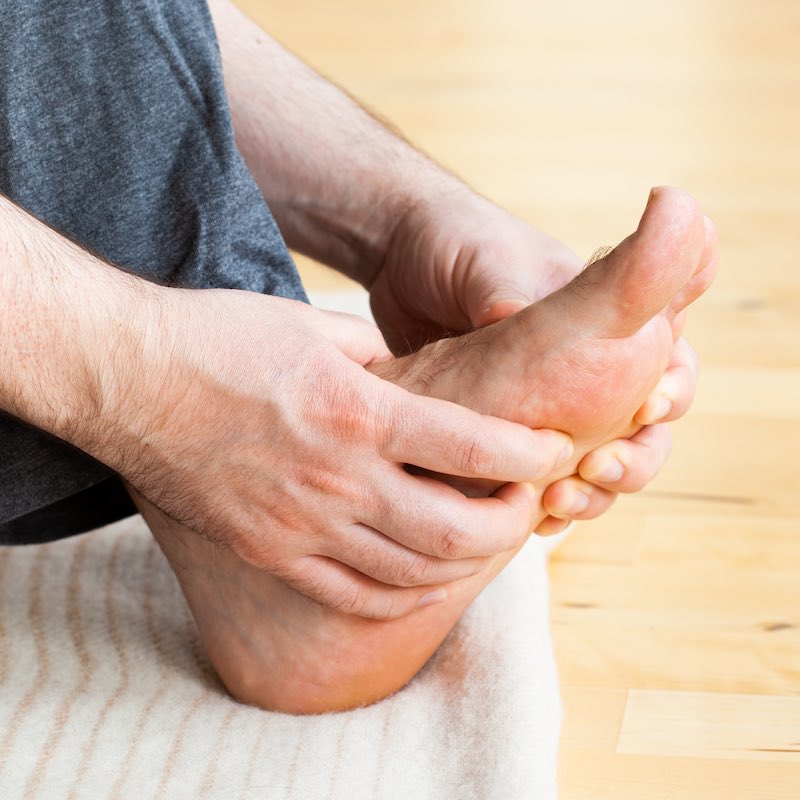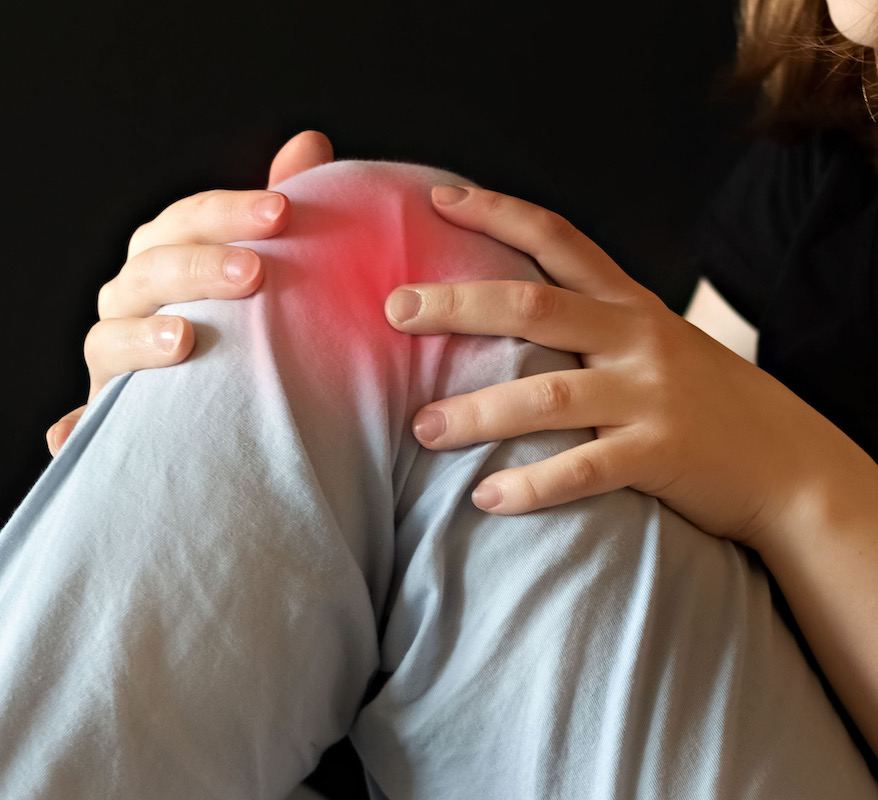Pain Management
Hillside Health

Pain Management St George Utah
Can’t Get Rid of Your Pain?
Most people endure at least some type of pain in their lives making it challenging to know whether that pain they suffer from warrants medical attention. Often times, aches and pains stem from a wide variety of temporary factors and will clear up on their own, over time. But that’s not always the case. There are many times when people suffer from chronic pain, and, having lived with this pain for so long, don’t realize that they could benefit from a pain management treatment plan.
St George Pain Management Doctor FAQ's
How do I know if Pain Management is right for me?
How do you know if the pain you experience warrants pain management consideration? Here are five signs we recommend you look out for:
If pain persists with a specific motion
If this sounds like something you can relate to, then visiting one of our board-certified pain management doctors could be exactly what you need. One of the first steps we’ll take is to try to pinpoint the location where the pain is originating, using such methods as pain mapping or selective nerve-root blocking. Once we gather enough information about what’s happening inside your body, we can develop a customized course of treatment to relieve you of your pain.
If you struggle to perform day-to-day movements
In some instances, pain will decrease over time, naturally. If you find that your pain isn’t decreasing, then you should consider visiting us at Hillside Health. It’s not uncommon for an injury to debilitate normal range of motion for a period of time. However, long- term debilitating pain that prevents you from performing day-to-day activities without struggle is not normal and should be addressed.
An inability to get a good night's sleep
There are varying degrees of pain, and, of course, each person’s perspective on pain must be factored in. However, we consider any type of pain that prevents you from sleeping as severe, as this lack of sleep can have a domino effect on your health. Does your pain keep you up at night? Does it wake you up every hour or so? Then it’s about time to come see one of our pain management specialists.
Radiating pain or strange sensations
We often tell our patients that if pain begins to radiate throughout a limb or your entire body, then that’s a sign that you should see a pain management specialist. But radiation isn’t the only sign to look for – both numbness and tingling signify potential serious issues that should be addressed at our clinic. These odd sensations and radiating pain could indicate where a nerve may be pinched or where a herniated disc may be located, allowing our team to develop a pain management treatment plan to ease you of this discomfort.
A dependency on medication
Some of our patients come to our clinic and say that they’ve successfully been able to manage their pain on their own, through medication. But relying on pain medication – just to get through the day – is not healthy. The side effects of these medications – when used long term – could cause even further damage to your body and quality of life. We offer a wide variety of treatment options that have far fewer side effects than most medications.
Pain Management services we provide
ADDITIONAL Pain Services
- Low Back Pain
- Cancer Pain
- Face Pain
- Foot Pain
- Headache Pain
- Pinched Nerve
- Facet Disease
- Foraminal Stenosis
- Knee Pain
- Hip and Leg Pain
- Pelvic Pain
- Phantom Limb Pain
- Vertebrogenic Pain
- Bulging Disc(s)
- Sacroiliac Joint Disease
- Degenerative Scoliosis
- Trigeminal Neuralgia
- Radiculopathy
- Radicular Syndrome
- Herniated Disc(s)
- Post-amputee Pain/Residual Limb Pain
- Spinal Stenosis
- Degenerative Disc(s)
- Coccygeal Pain (Coccydynia)
- Sciatica
- Diabetic Peripheral Neuropathy
- Whiplash Pain
- Post-stroke Pain
- Complex Regional Pain Syndrome (CRPS)
Low Back Pain
Low back pain is defined as pain and discomfort, localized below the costal margin and above the inferior gluteal folds, with or without leg pain.
Treatment Options
Treatment options include physical therapy, back exercises, weight reduction, steroid injections (epidural steroids), nonsteroidal anti-inflammatory medications, acupuncture, rehabilitation and limited activity
Cancer Pain
A distressing sensation experienced by patients, resulting from the disease itself or its treatments.
Treatment Options
Treatment for cancer pain varies depending on the type and stage of the disease, and may include medication management such as opioids, NSAIDs, or adjuvant drugs. Non-pharmacological interventions like physical therapy, massage, and acupuncture may also be beneficial. For resistant cases, nerve blocks or neurostimulation might be considered.
Face Pain
A severe or chronic pain experienced in any part of the face or forehead.
Treatment Options
Face pain can be managed through medications like analgesics, anti-inflammatory drugs, or nerve pain drugs. Non-drug therapies like biofeedback, physical therapy, or cognitive-behavioral therapy might also be useful. In refractory cases, minimally invasive procedures like nerve blocks or surgical interventions could be necessary.
Foot Pain
Chronic or acute discomfort affecting any part of the foot.
Treatment Options
Foot pain treatment generally involves rest, ice, compression, and elevation (RICE), as well as pain-relief medication. Custom orthotics, physical therapy, and in some cases, surgery may be necessary. In cases of severe chronic pain, nerve blocks or other interventional pain management techniques may be employed.
Headache Pain
Pain occurring anywhere in the region of the head or neck.
Treatment Options
Headache pain management typically includes over-the-counter or prescribed pain relievers. Lifestyle changes such as stress management and good sleep hygiene can be effective. In chronic or severe cases, therapies such as nerve blocks, acupuncture, or preventive medications may be used.
Pinched Nerve
Condition in which a nerve is compressed, leading to pain, numbness, or weakness.
Treatment Options
Treatment for a pinched nerve may include rest, physical therapy, pain relief medication, and in more severe cases, corticosteroid injections or surgery. Alternative therapies like acupuncture or chiropractic adjustments could also be beneficial.
Facet Disease
A condition causing pain and stiffness in the back due to deterioration of the facet joints in the spine.
Treatment Options
Facet disease treatment typically involves physical therapy, pain management medication, and potentially, corticosteroid injections. In refractory cases, facet joint denervation or surgery may be required.
Foraminal Stenosis
A condition where the spinal nerve root passageways have narrowed due to arthritis.
Treatment Options
The management of foraminal stenosis arthritis includes medication for pain relief, physical therapy, and possibly injections for inflammation. Severe cases may require surgical intervention, such as a foraminotomy.
Knee Pain
Common knee problems include sprained or strained ligaments, cartilage tears, tendonitis and arthritis.
Treatment Options
Treatment options can include anything from a new prescription, pain management techniques, physical therapy, joint injections or minimally invasive joint replacement surgery.
Hip and Leg Pain
Pain originating from the hip and extending to the leg, potentially due to various underlying conditions.
Treatment Options
Hip and leg pain can be managed with physical therapy, medication for pain relief and reducing inflammation, and in severe cases, hip replacement surgery or other surgical interventions may be necessary
Pelvic Pain
Persistent discomfort in the lower abdomen or pelvic region.
Treatment Options
Pelvic pain can be managed with a combination of medication, physical therapy, and lifestyle modifications. In some instances, nerve blocks, hormone therapy, or surgical procedures may be necessary.
Phantom Limb Pain
Pain perceived in a limb that has been amputated.
Treatment Options
Phantom limb pain can be treated with medications such as opioids, anticonvulsants, antidepressants, and non-steroidal anti-inflammatory drugs. Therapies like mirror therapy, nerve stimulation, and in some cases, surgery to treat neuromas can also be effective.
Vertebrogenic Pain
Pain originating from structures of the spine.
Treatment Options
Vertebrogenic pain is generally treated with a combination of physical therapy, pain medication, and in some cases, interventional procedures like epidural steroid injections or nerve blocks. Severe cases may require surgery.
Post-amputee Pain/Residual Limb Pain
Pain felt in the part of a limb that remains after amputation.
Treatment Options
Post-amputee or residual limb pain is typically managed with pain medication, physical therapy, mirror therapy, and sometimes nerve blocks. In refractory cases, additional surgery to improve stump conditions or neuromodulation techniques might be necessary.
Sacroiliac Joint Disease
Pain and dysfunction resulting from the abnormal motion or inflammation of the sacroiliac joints.
Treatment Options
Treatment for sacroiliac joint disease typically involves physical therapy, pain relief medication, and possibly injections for severe inflammation. In severe cases, a surgical fusion of the joint may be necessary.
Degenerative Scoliosis
A spinal curvature disorder that arises from age-related wear and tear.
Treatment Options
Degenerative scoliosis can be managed through physical therapy, pain relief medication, and potentially bracing. In severe cases, surgical correction of the spinal alignment may be necessary.
Trigeminal Neuralgia
A chronic pain condition affecting the trigeminal nerve in the face, causing extreme, sporadic, and sudden burning or shock-like facial pain.
Treatment Options
Trigeminal neuralgia can be managed with anticonvulsant medications, tricyclic antidepressants, and in more severe cases, procedures like nerve blocks, gamma knife radiosurgery, or microvascular decompression may be necessary.
Radiculopathy
A set of conditions in which one or more nerves are affected and do not work properly, leading to radiating pain.
Treatment Options
Radiculopathy is typically managed through physical therapy, medications such as non-steroidal anti-inflammatory drugs (NSAIDs), and possibly corticosteroid injections. In severe cases, surgery may be required to relieve nerve compression.
Radicular Syndrome
A condition characterized by radiating pain, numbness, weakness, or tingling due to nerve root compression.
Treatment Options
Radicular syndrome can be treated with medications, physical therapy, and possibly, corticosteroid injections or nerve blocks. Severe cases may require surgical intervention to decompress the affected nerve.
Herniated Disc(s)
Condition where the soft inner part of an intervertebral disc protrudes through the outer layer, often causing nerve irritation and pain.
Treatment Options
Treatment for herniated discs typically includes pain relief medication, physical therapy, and potentially, corticosteroid injections. In refractory cases, surgical procedures like discectomy or disc replacement may be considered.
Bulging Disc(s)
Condition where an intervertebral disc protrudes beyond its usual location in the spine, which can potentially irritate nearby nerves.
Treatment Options
Bulging discs are typically managed with a combination of pain relief medication, physical therapy, and possibly, corticosteroid injections. In severe cases, surgery may be required.
Spinal Stenosis
A narrowing of the spinal canal that can put pressure on the spinal cord and nerves, often causing pain or numbness.
Treatment Options
Spinal stenosis can be managed with medication, physical therapy, and possibly corticosteroid injections. Severe cases may require surgical procedures such as a laminectomy or spinal fusion.
Degenerative Disc(s)
A condition where the intervertebral discs lose integrity, often resulting in pain.
Treatment Options
Degenerative disc disease can be treated with pain relief medication, physical therapy, and in severe cases, interventions like epidural steroid injections. In refractory cases, surgical procedures like discectomy, artificial disc replacement, or spinal fusion may be considered.
Coccygeal Pain (Coccydynia)
Pain in or around the area of the coccyx, or tailbone.
Treatment Options
Coccydynia is generally managed with pain relief medication, physical therapy, and possibly, corticosteroid injections. In refractory cases, a coccygectomy, or surgical removal of the coccyx, may be necessary.
Sciatica
Pain that radiates along the path of the sciatic nerve, often caused by a herniated disc or bone spur.
Treatment Options
Sciatica can be managed with pain relief medication, physical therapy, and possibly, corticosteroid injections. Severe cases may require surgical intervention to relieve nerve compression.
Diabetic Peripheral Neuropathy
Nerve damage caused by diabetes, leading to pain or numbness in the extremities.
Treatment Options
Management of diabetic peripheral neuropathy involves good blood sugar control, pain relief medication, and medications to alleviate nerve pain. Physical therapy and transcutaneous electrical nerve stimulation (TENS) may also be useful.
Whiplash Pain
Neck pain following a forceful, rapid back-and-forth movement of the neck, like the cracking of a whip.
Treatment Options
Whiplash can be treated with pain relief medication, physical therapy, and possibly, injections for severe inflammation. In chronic cases, alternative treatments like acupuncture or chiropractic care may be beneficial.
Post-stroke Pain
Pain that occurs after a stroke, often due to damage to the central nervous system.
Treatment Options
Post-stroke pain can be managed with medications, including pain relievers, anticonvulsants, and antidepressants. Physical therapy, nerve stimulation, and cognitive behavioral therapy can also be helpful.
Complex Regional Pain Syndrome (CRPS)
A chronic pain condition most often affecting one of the limbs, characterized by severe pain, swelling, and changes in the skin
Treatment Options
CRPS can be managed with medications like pain relievers, antidepressants, corticosteroids, and bone-loss medications. Physical therapy, psychotherapy, and sympathetic nerve blocks can also be helpful. In severe cases, intrathecal drug pumps or spinal cord stimulation may be considered.
Patient Testimonials
⭐️⭐️⭐️⭐️⭐️
⭐️⭐️⭐️⭐️⭐️
⭐️⭐️⭐️⭐️⭐️
⭐️⭐️⭐️⭐️⭐️

Caring for Southern Utah, One Patient at a Time
Reach out today to get the best pain management relief available
By utilizing tremendous experience, and the most up-to-date technology we provide first-class pain management services in southern Utah.
We didn’t stumble into the business of helping people relieve their pain. We’ve experienced it, our family members have experienced it, and so many people we love have experienced pain that just doesn’t go away – so we decided to do something about it. Do you know how many people visit the ER with pain issues only to get turned away? Not anymore, we’re here to help.
Accepted Insurances:




























